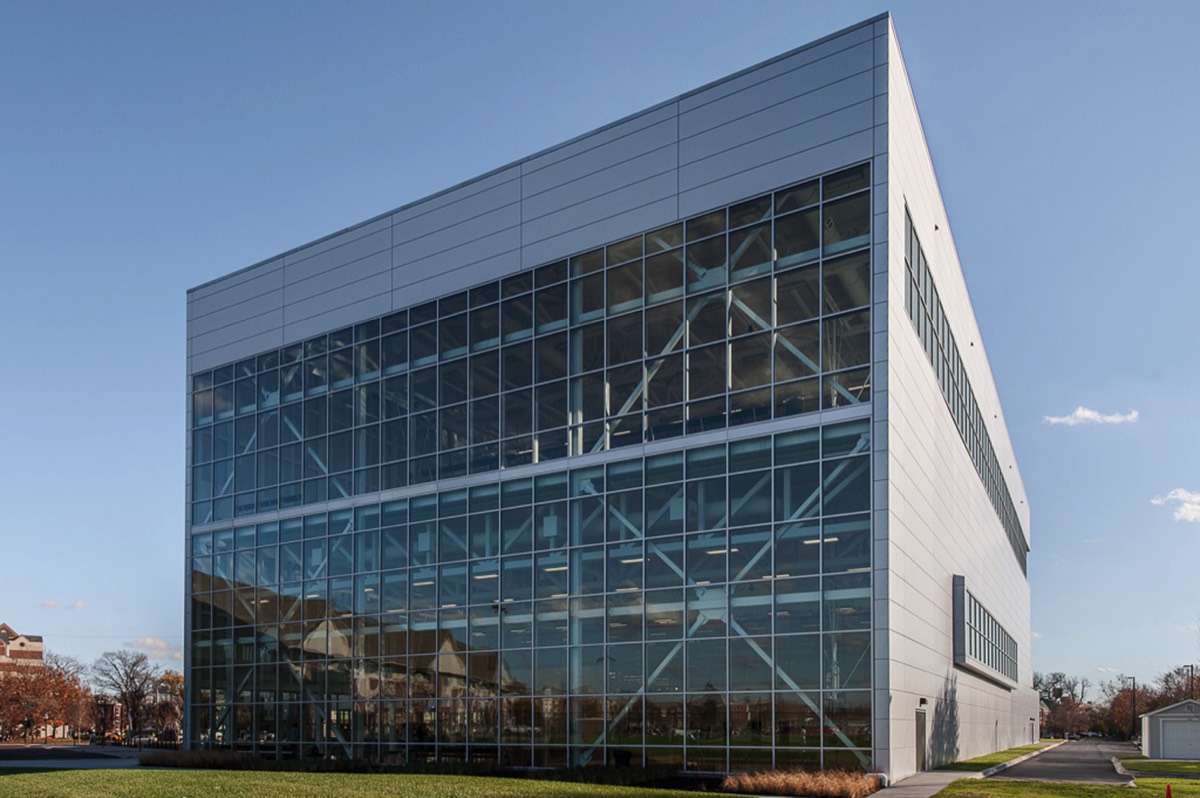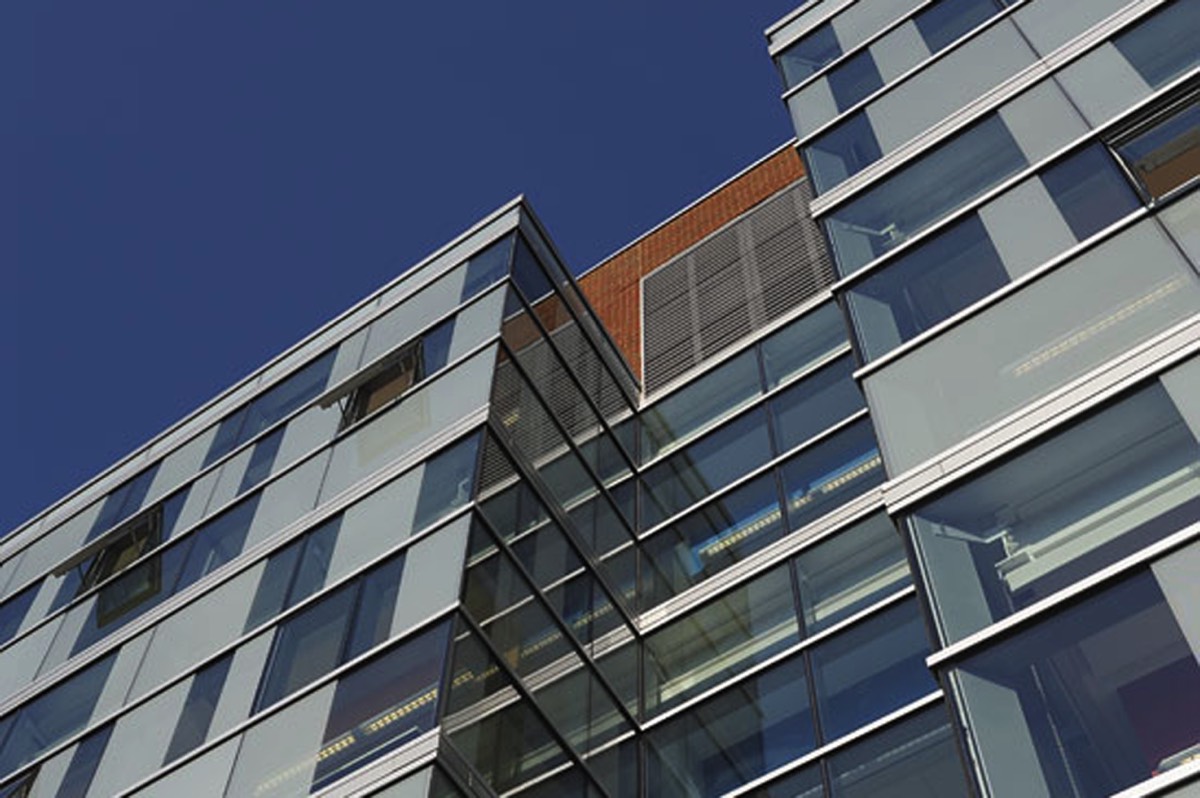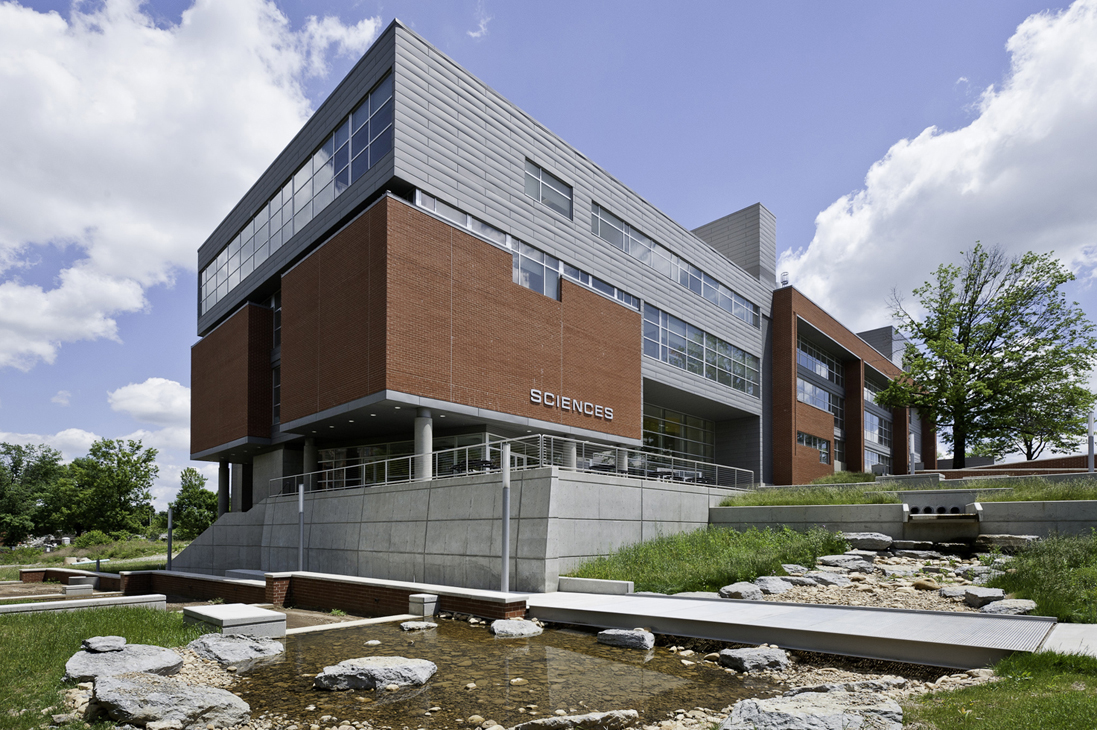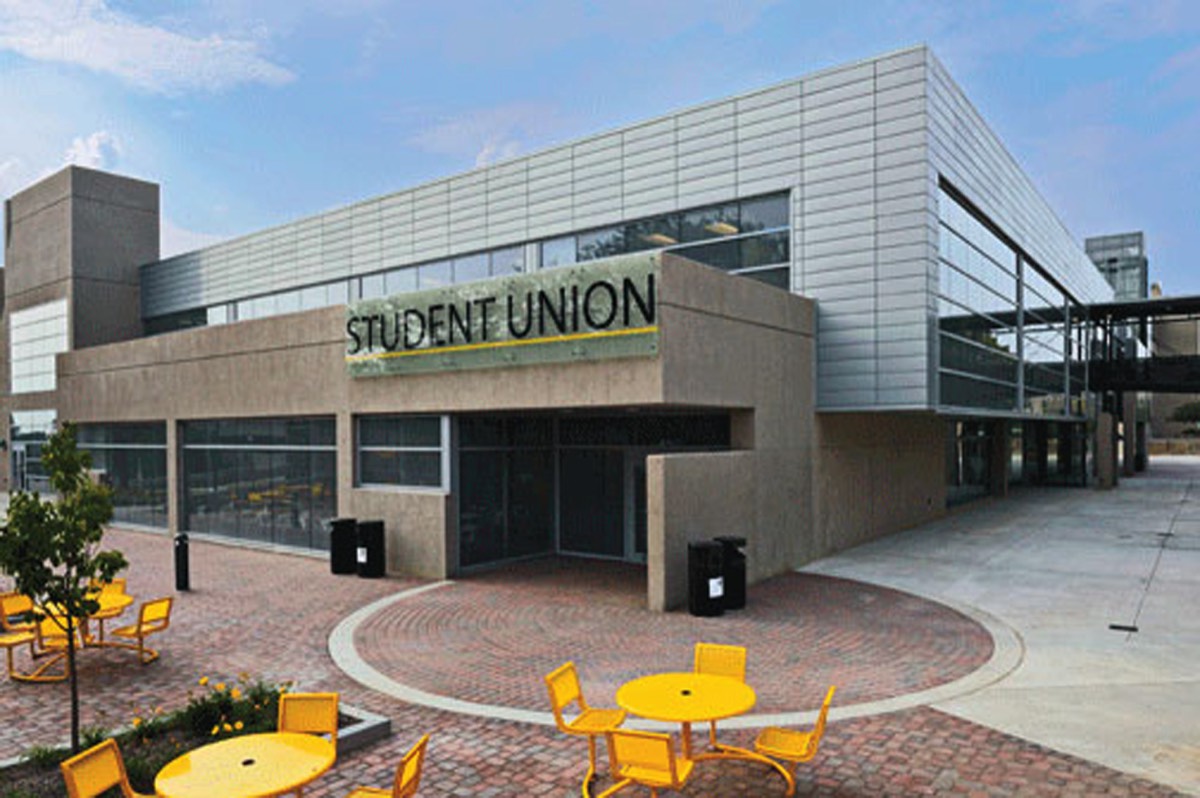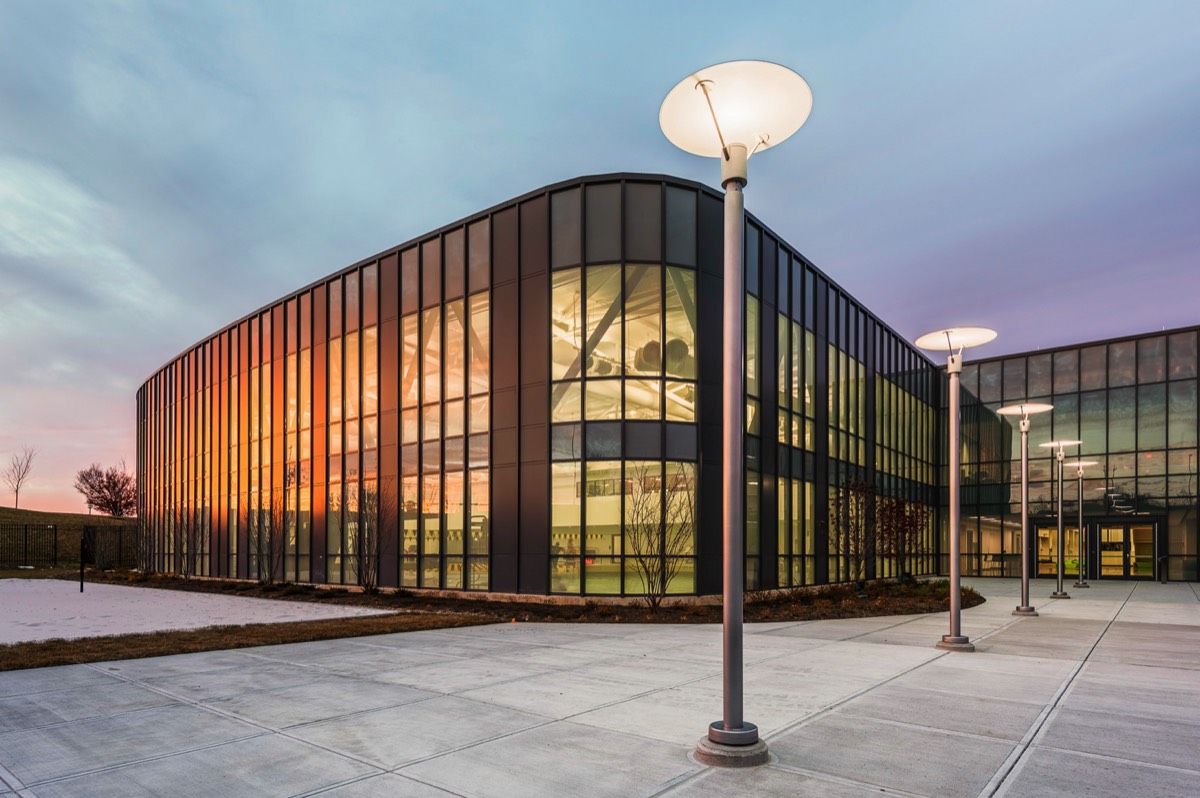We are stewards of the environment. Recognizing that the building sector accounts for a large percentage of the world’s carbon footprint, Omni Architects takes very seriously our responsibility to construct buildings that have the least impact on the environment – both during construction and throughout the life of the building.
Since 1978, Omni has incorporated sustainable design strategies in the structures we create. As members of the USGBC, our projects are designed utilizing elements of LEED certification criteria, including ample daylighting, rainwater collection and distribution, energy saving mechanical systems, as well as energy producing features like photovoltaic roof panels. We are committed to using recycled and reclaimed materials and to recycling construction waste to the greatest extent possible.
Our staff includes LEED Accredited Professionals who are vigilant in tracking sustainable design trends and regulatory issues.
As a standard practice, Omni collaborates with our consultants to reduce energy consumption - particularly from fossil fuels - in a number of ways including geothermal heating and cooling systems; by maximizing natural light (particularly low-glare north light); by using low-emissivity and patterned glass to reduce solar gain when appropriate with solar energy; and by allowing natural ventilation during temperate seasons. (UK’s University Health Service building provides an operable window in every office). We carefully select materials with low volatile organic compound (VOC) levels to keep the interior air clean.
Omni Architects considers a number of variables when selecting materials for a project, including weighing initial cost against long-range savings, aesthetics, availability, durability, environmental considerations, maintenance, manufacturer’s reputation, and client expectations. We often conduct a life-cycle assessment for a material or product to compare its initial cost to maintenance expenses, and evaluate environmental issues from “cradle to grave.” There is growing data that suggests that a sustainable design approach leads to long-term economic benefits that go beyond initial cost concerns. Benefits include minimizing the costs of extracting materials from the earth, reducing reclamation efforts following mining, reducing the cost of energy to transform the raw materials into finished products, and the ability to recycle finished products when they need to be replaced.

